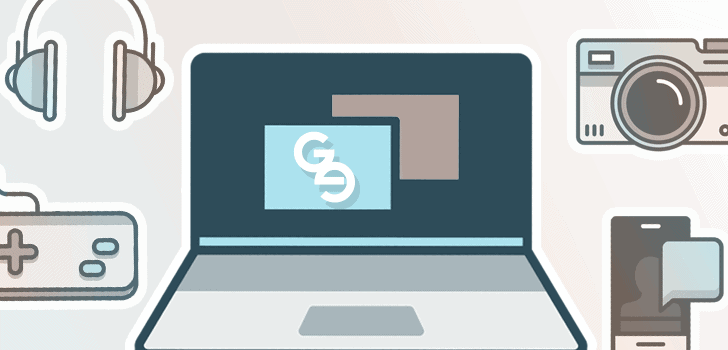You’re probably aware that drones have long seen use outside of the military. While they were initially designed as small, fast attack craft, capable of carrying out precision strikes, they have also been recently adopted for non-military use. These uses range from surveillance, to delivery, to photography, but their use will soon become fully integrated into society as we progress technologically.
A time will come when the use of drones will become more of a daily necessity rather than an expensive hobby, and you might be surprised that it’s actually been a long time coming. The first drones were developed during World War I and they became the precursor to ballistic missiles.
Modern drones are much more refined in the sense that they are able to reach places that humans can’t. And while you could argue that helicopters could do the same thing, just think about this: drones can do the same thing without costing a couple million dollars.
Now, let’s start with the easy stuff. Most modern drones that are available to consumers, such as the ones at Dronethusiast.com, are used by hobbyists and drone photographers. Some even make for really cool, albeit expensive, toys. Drones make for great photography tools because they can easily get overhead angles that would only be possible in a helicopter.
This ability to survey and observe a large area also makes the drone the perfect candidate for journalism as well as search and rescue. Drones can be equipped with advanced equipment such as thermal sensors and night vision cameras that allow them to provide situational awareness in any event.
Another probable use for drones in the near future would be for delivery. This makes sense because we are currently having difficulty in dealing with traffic jams. And well, let’s be real here. It’s going to be much more practical to further refine our drones than to completely invent flying cars.
Drones can be equipped with more powerful rotors as well as a sizable cargo bay that would allow them to simply fly over traffic in order to deliver their cargo safely and promptly. This also allows drones to serve in emergency situations such as natural calamities where they can be used to deliver much-needed supplies to affected areas.
If you can recall, the original purpose of drones was to conduct military operations without putting the lives of allied soldiers at risk. This premise still rings true in the realm of law enforcement where police officers risk their lives in order to maintain peace and order.
Criminals can be very unpredictable and until they are neutralized, they are considered a threat to the public. This is where drones come in. Not only will they be able to pursue and track the threats, but they can also neutralize them with tasers and tear gas — all without putting an officer’s life at risk.
While drones may not be the most disruptive technology today, it can definitely be said that it’s doing far better than other technological innovations in terms of being able to permeate through otherwise impenetrable industry barriers.
